We all know the words “carbs,” fats” and “protein” …stuff that supplies us with the calories we need for energy. Their proper name in sciencedom is “macronutrients,” and because we keep tabs on them practically every day, we pretty much talk about them all the time! But what we don’t hear about enough is micronutrients…and those babies are our real health superstars! Micronutrients include vitamins, minerals and hundreds of plant compounds called phytochemicals (or phytonutrients), and believe us when we say they’re our key to being WHealthy.
Let’s learn a little, shall we?
Vitamins, Minerals, and Phytochemicals…OH MY!
Vitamins and minerals are considered essential nutrients because when they all play nice with each other they allow hundreds of functions to take place in our bods, like…
bone building;
wound healing;
immunity bolstering;
converting food into energy; and
repairing cell damage.
If they’re so flippin’ important, why are they called micronutrients? Our body needs only teensy amounts of them…yet, getting the right amount is key. Consuming too few virtually guarantees disease while getting enough provides beaucoup benefits.
The term phytochemicals is a broad name for a wide variety of compounds that plants produce to protect themselves. They help guard the tender buds and sprouts of fruits, vegetables, beans, grains and other plants from predators, the elements and pollution…and then those protective compounds get passed along to us when we eat them.
Now: Even though phytochemicals are non-essential nutrients (meaning we don’t need them to actually live) they may help us live a little longer. And since everybody likes the sound of that, it’s important to try to add these to our diets wherever possible. How can they help us?
Phytochemicals appear to have significant physiological effects in the body. Whether they are acting as antioxidants, mimicking hormones, stimulating enzymes, interfering with DNA replication, destroying bacteria, or binding to cell walls, they seem to curb the onset of diseases such as cancer and heart disease.
Some phytochemicals work solo while others are more beneficial when they pair up with nutrients in food like vitamins (…precisely why our parents were soooo right when they harped on the import of a balanced diet).
Unlike most vitamins and enzymes, phytochemicals aren’t destroyed during cooking, chopping or grating. In fact, breaking down their cell walls during preparation may make them even more readily available to our systems by helping us to absorb them quicker.
There are more than 1,000 known phytochemicals and probably even more to be discovered! So when reading your food labels or looking up all the good stuff in different ingredients, words like “antioxidants,” “flavonoids,” “phytonutrients,” “flavones,” “isoflavones,” “catechins,” “anthocyanidins,” “isothiocyanates,” “carotenoids,” and “polyphenols” mean what you’re eating is good for you.
The Argument for Piling Up the Produce
Every day, our bodies are exposed to free radicals. Free radicals are unavoidable as they’re all around us in the environment (think pollution, cigarette smoke, radiation, herbicides, pesticides, gas fumes, and toxic chemicals); but our own bodies can sometimes be to blame for our exposure to them too, through things like our metabolism, stress, and even our immune system as it tries to neutralize viruses and bacteria.
Vicious cycle, eh? The good news is that when we eat foods and drink juices containing phytonutrients, we activate a group of enzymes that runs through our bodies cleaning up those nasty free radicals before they cause us real harm. Since micronutrients are found in plant foods (fruits, vegetables, beans, grains), a balanced diet that includes different food groups and colors of fruits and vegetables will provide your body with a variety of all beneficial compounds. So, pile up your produce and drink juice, dangnabbit! It’ll put you on the fast track to lifelong health.

